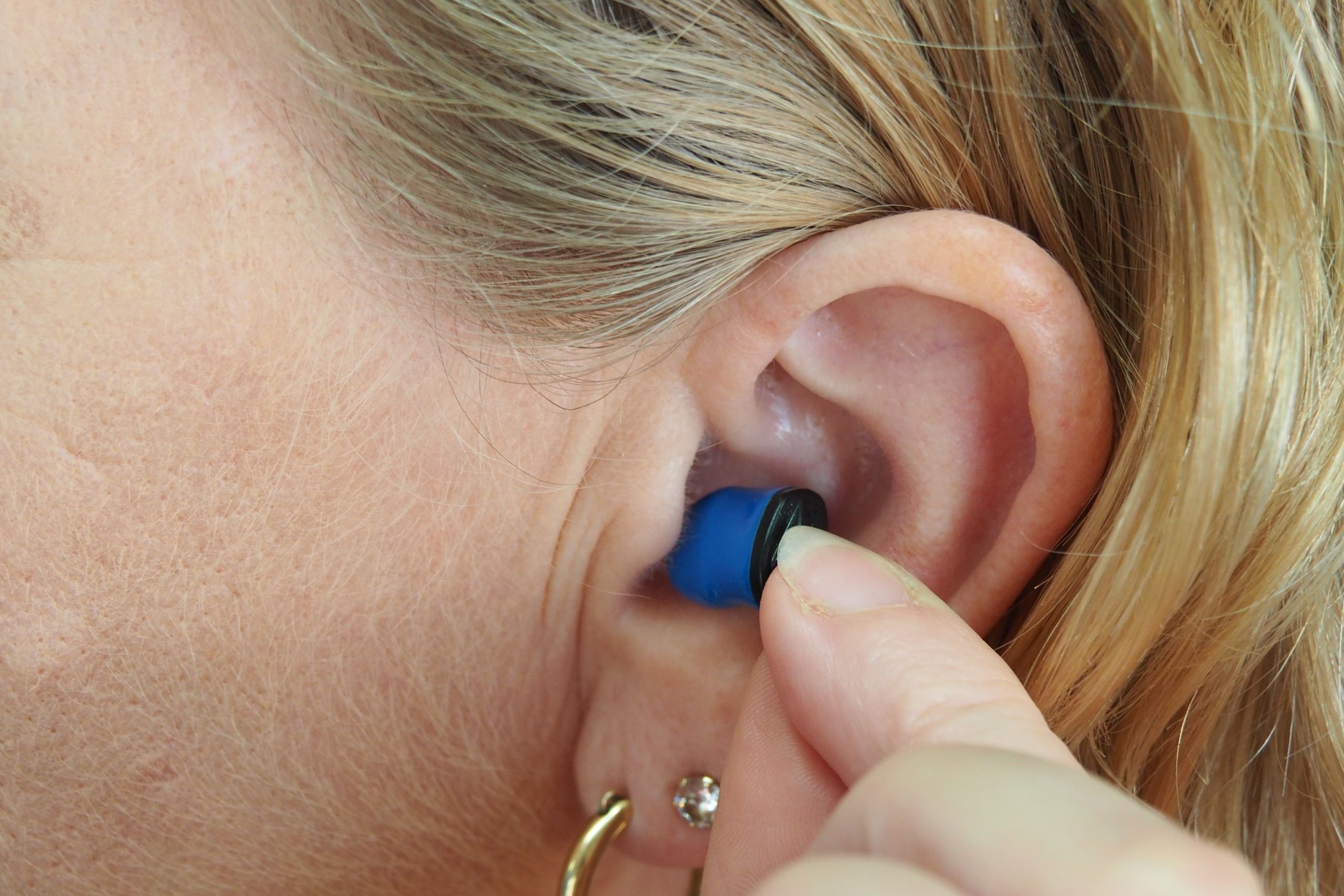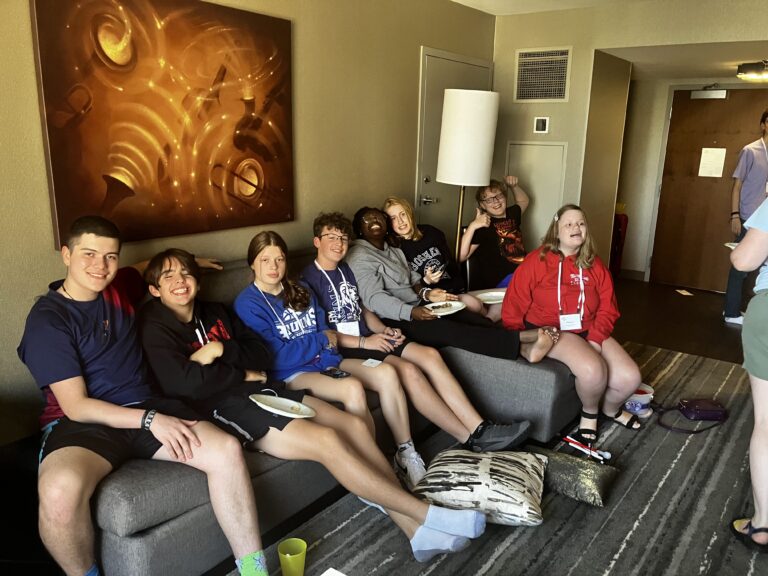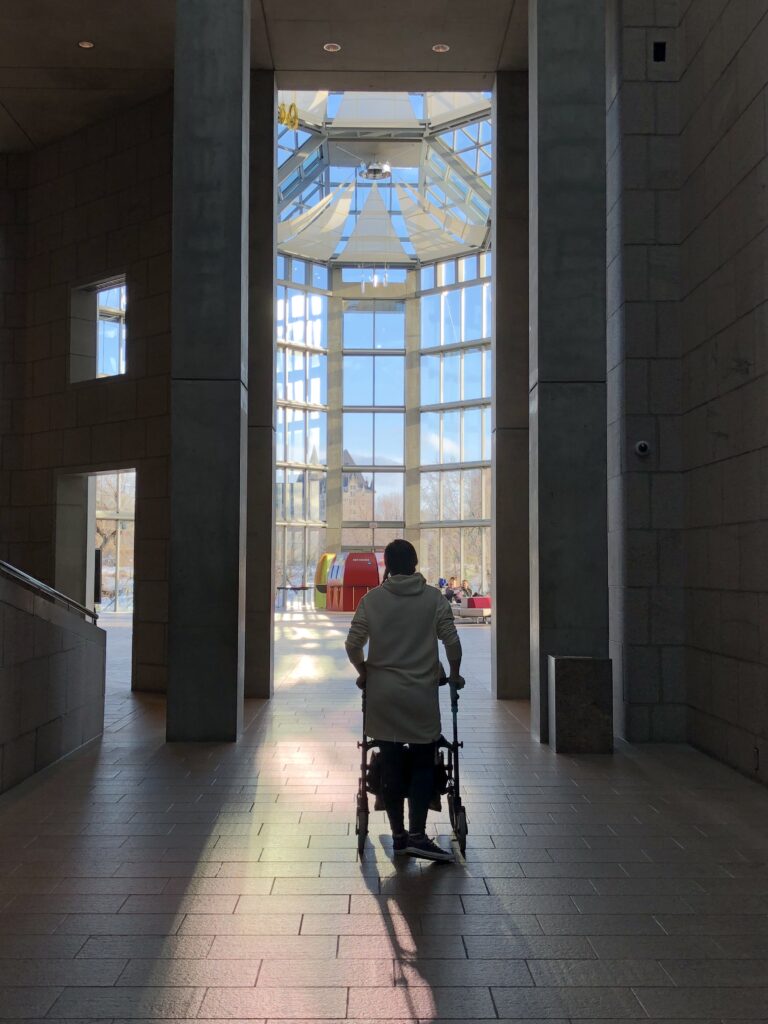Brothers and Sisters, Listen
In a faith that teaches “let those who have ears, listen,” it is never far from my mind that God the Creator spoke new things into existence, and Jesus as the Word Made Flesh calls people to new life. When our Savior is known as the One who says, “My sheep listen to my voice; I know them and they follow me,” I find myself asking often, “Am I hearing Him? And am I following Him?” As you read the Bible, you cannot escape that the very definition of faithful Christ-following comes from reading and hearing Christ’s words, and putting them into practice. In turn, the very definition of a pagan is one who “has ears and cannot hear” just like their idols. Those of us with hearing loss are ever aware of this dynamic as music plays, voices ring out, passages are read, cues are given. It seems as though the whole of Christian faith is tied back to the auditory senses in some way.
There are unique needs faced by those who have experienced complete hearing loss, of which I don’t have as much experience. So, the points I offer will be directed more toward the wider swath of the hard-of-hearing population which uses assistive devices (and may or may not be using them).
Having lived my whole life with hearing loss, I have learned that most of the world is unaware of your difficulties unless you bring attention to it. Or people discover you have missed them, interpreting your lack of response or requests to repeat words as not caring enough to pay attention. And, like many other physical challenges, the wider world does not readily slow down or adapt to the needs of hard-of-hearing folks.
Regarding congregational life, it is helpful for churches to consider a few helpful adjustments. Many of these suggestions can actually help other congregants, like most accessibility adaptations. Pay attention to how well the service is mixed and amplified. Louder volume isn’t always better, so instead look for crisp audio mixes and proper acoustic room treatments. If video has closed captioning, turn on that feature to help everyone stay focused on the content. Your house of worship should also automatically offer amplification devices, as the need will only grow as the largest population group ages. Most new hearing aids offer induction loop technology, which allows for individual units to broadcast the sound feed through telecoil technology. Other churches have also begun offering smartphone apps that rebroadcast the service through Bluetooth equipped hearing aids. Other ways to engage may involve using more visual and movement elements, enriching worship for all involved.
When it comes to relating outside worship services, here are a few concepts to consider. When in large group settings, or in lobbies/foyers, the sounds overlap, and those with good hearing are already taxed. Make sure that you have the other person’s attention before talking about what you want to cover. If you want their attention, try saying just their first name, not drawing out syllables. A gentle tap to the arm or a friendly wave can also help. Try not to mumble or talk while facing away from your speaking partner. Those with hearing challenges may find themselves drawn more to small groups and intimate discipleship environments.
This recent season of masks has been incredibly difficult for hearing-impaired individuals, and you may have to adjust by repeating words, speaking closer than six feet, or even moving into a space where your mask can be removed. As with services, louder isn’t always better, as a raised voice can convey anger, disappointment, and condescension. Use of inflection for humor or sarcasm can also be missed and misinterpreted. It’s often better to just speak clearly and in a way your conversation partner can see your lips.
While these suggestions have material and relational cost, adjustments to accommodate hearing-impaired individuals does not take massive changes to your infrastructure. Ministries will quickly discover any investment in this area will bear fruit across age and place in life.
Tyler Hartford is the Director of Church Leadership for Evana Network. He previously served as a pastor for 14 years at Pleasant View Church (Goshen, IN) and earlier as marketing director for The Toledo (Ohio) Symphony. With a deep love for the visual and performing arts, he also enjoys “chasing God’s glory” by observing God’s creation. He and his wife, Genessa, have seven children – which means their house is full of sound.







